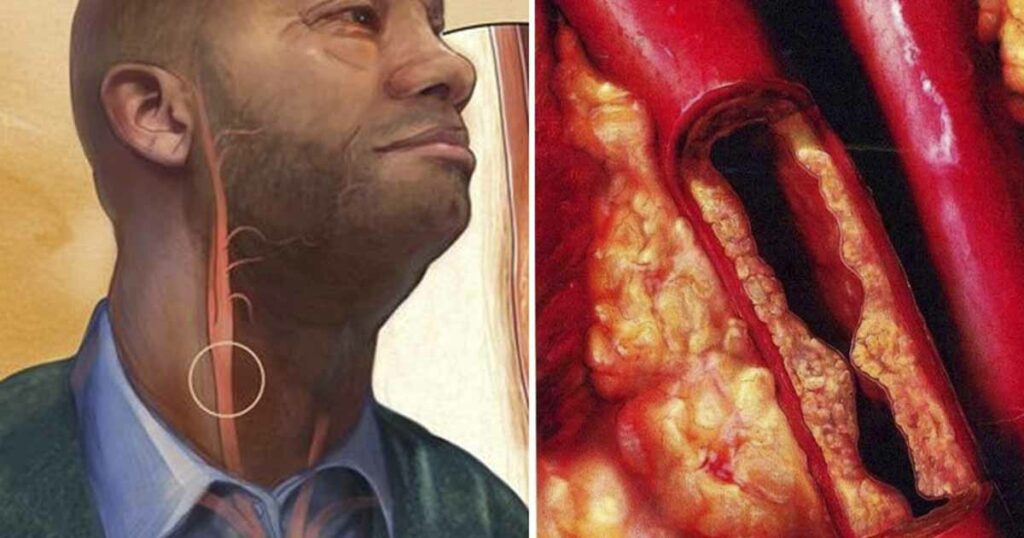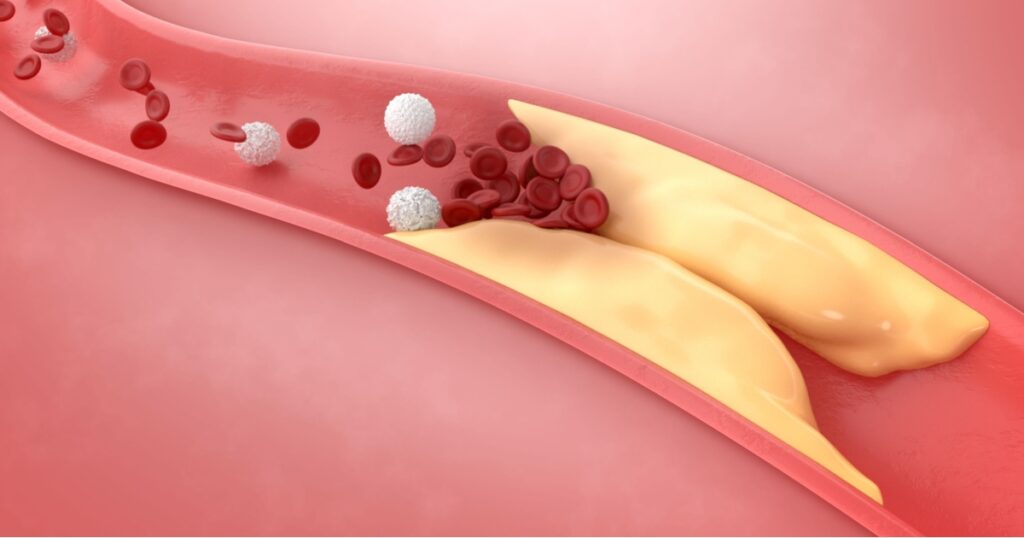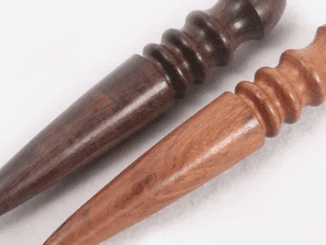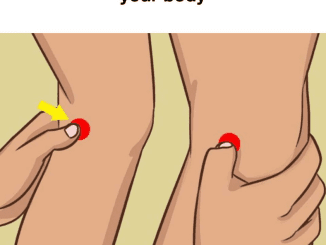Arteries are the blood vessels responsible for carrying oxygen-rich blood throughout your body – from your brain to your major organs to the tips of your fingers and toes. When these vital pathways become clogged with plaque buildup, it restricts blood flow and puts your health in serious jeopardy.

Credit: Shutterstock
Clogged arteries, also known as atherosclerosis, are a dangerous precursor to heart attacks, strokes, and other life-threatening conditions. But here’s the good news: if caught early, there are steps you can take to unclog your arteries and restore your cardiovascular health.
The key is paying close attention to the subtle warning signs your body may be sending you. In this comprehensive guide, we’ll cover the top 10 symptoms of clogged arteries you shouldn’t ignore, as well as proven strategies to start scrubbing those arteries clean.
1. Nausea

Credit: Shutterstock
Realistically, what condition isn’t nausea a symptom of? One of our body’s most astute ways of telling us something is wrong is by making us nauseous. Of course, just because you’re feeling nauseous doesn’t mean you have clogged arteries. Still, if it is ongoing you should go talk to your doctor about it.
2. Chest Pain

Credit: Shutterstock
Chest pain, also known as angina, results from reduced blood flow to the heart due to built-up plaque in the arteries. Angina usually begins in the chest by the breastbone and can then extend into your left arm or shoulder, jaw, and upper back. If you are experiencing ongoing chest tightness and pain, speak with your doctor immediately.
3. Shortness of Breath

Credit: Shutterstock
If you are experiencing shortness of breath, this could be because your pulmonary arteries are clogged. While it’s normal to feel short of breath after climbing the stairs or a physical effort, if it’s more than usual, ongoing, and especially if it happens when you’re sedentary, you should have it checked out.
4. Weakness or Numbness on One Side of Your Body

Credit: Shutterstock
If blood flow is restricted or cut off in your carotid arteries, it could cause you to experience weakness or numbness on one side of your body. The carotid arteries are located on either side of your neck and carry blood from your heart to your head.
5. Slurred Speech

Credit: Shutterstock
Slurring your words could be a symptom of a blocked carotid artery, either the interior branch that carries blood to your brain or the exterior branch that takes it to your tongue. Don’t ignore this warning sign.
6. Vision Loss

Credit: Shutterstock
Sudden vision loss or blurred vision in one or both eyes could signal a blockage in the exterior branch of your carotid artery. This is an urgent medical situation that requires immediate attention.
7. Leg Pain

Credit: Shutterstock
Unexplained pain in one of your legs could mean you have a clogged peripheral artery, which are the arteries in your arms and legs. Pain with no other clear cause should be evaluated by your doctor.
8. Cold Feet

Credit: Shutterstock
When blood can’t travel freely through your body, your extremities will get cold. Consistently cold feet could mean that blood flow is blocked or restricted in your legs, a potential sign of a blocked peripheral artery.
9. Slow Healing of Foot/Leg Injuries

Credit: Shutterstock
This goes hand-in-hand with cold feet. Injuries need adequate blood flow to heal properly. If blood isn’t reaching your feet and lower legs sufficiently, those wounds won’t heal as they should.
10. Heart Palpitations

Credit: Shutterstock
Anytime you notice changes in your heart rate, you should see your doctor. Heart palpitations – a sensation of your heart pounding, fluttering, or beating irregularly – could signal that blood isn’t flowing the way it should.
While these symptoms can have a variety of causes, they are all potential red flags that your arteries may be clogged and in need of attention. Don’t ignore them – see your healthcare provider right away for evaluation and treatment.
Fortunately, there are many effective ways to unclog arteries and restore healthy blood flow. Adopting a heart-healthy diet, getting regular exercise, managing stress, and quitting smoking can all make a big difference. In some cases, your doctor may also prescribe medications or recommend a medical procedure.

Credit: Shutterstock
The bottom line is this: pay close attention to the signals your body is sending and don’t hesitate to get checked out. Catching clogged arteries early can quite literally save your life.
Clogged arteries are a serious health issue that can have devastating consequences if left unchecked. By familiarizing yourself with the 10 warning signs discussed in this article, you’ll be better equipped to recognize the problem early and take action to unclog your arteries before it’s too late.
Remember, your body is constantly communicating with you. Don’t ignore persistent symptoms like nausea, chest pain, shortness of breath, or unexplained limb issues. Advocate for your health by seeing a doctor right away. With the right interventions, it’s very possible to clear those clogged pathways and get your cardiovascular system running smoothly again.
Your heart and your life are worth it. So stay vigilant, and don’t hesitate to seek medical attention if you notice any of these telltale signs of clogged arteries. Your future self will thank you.


